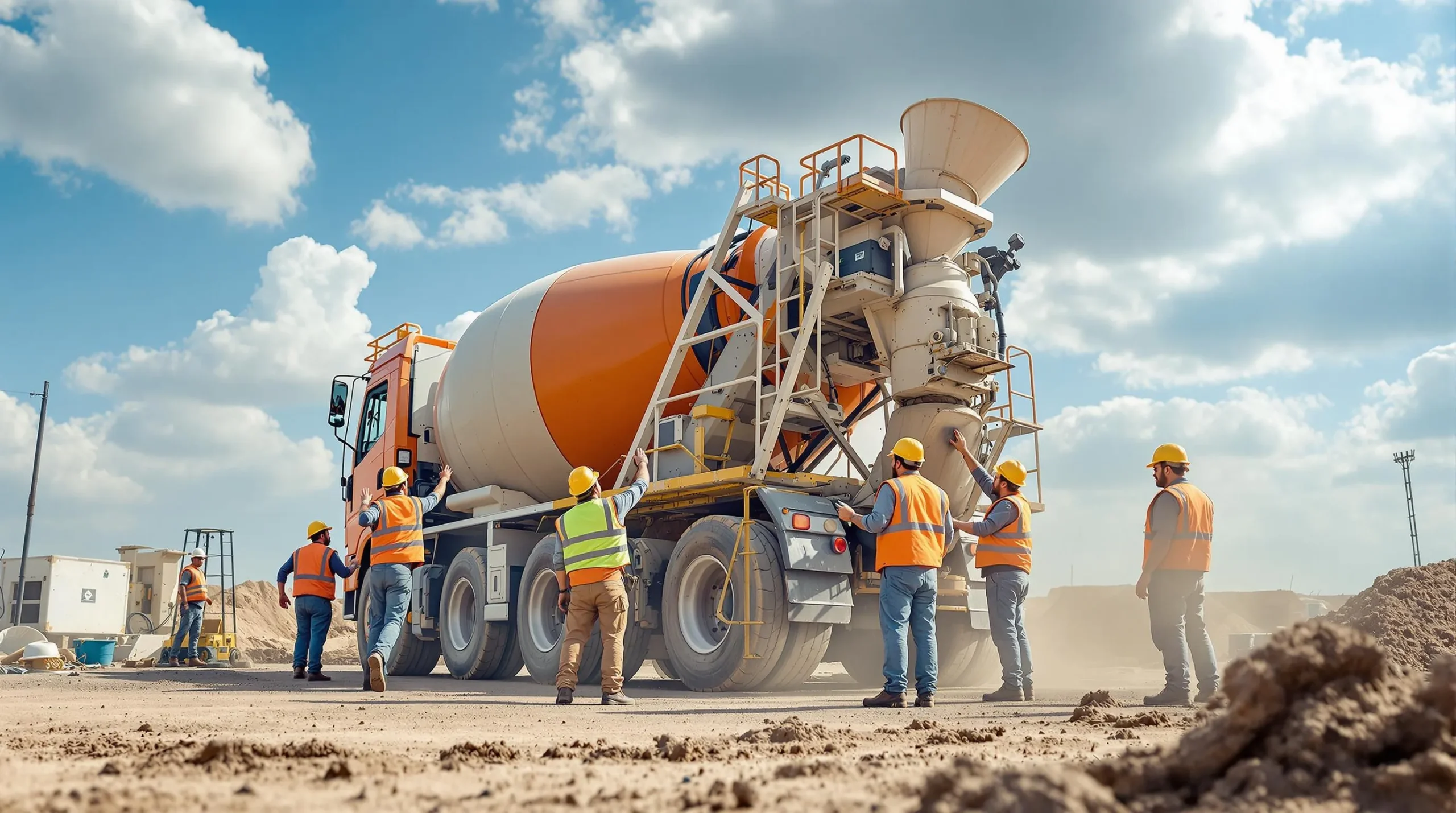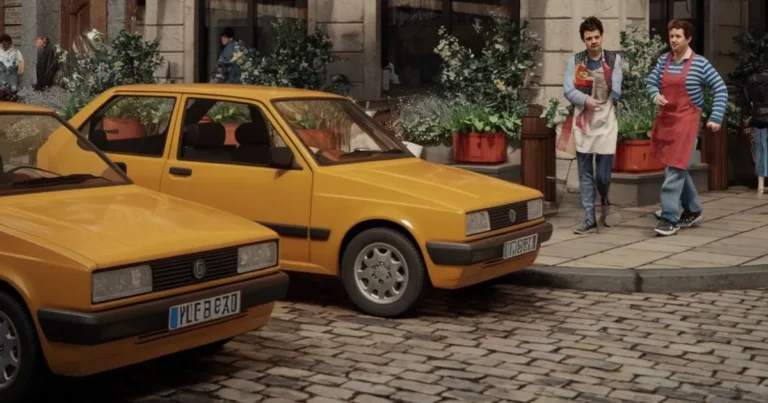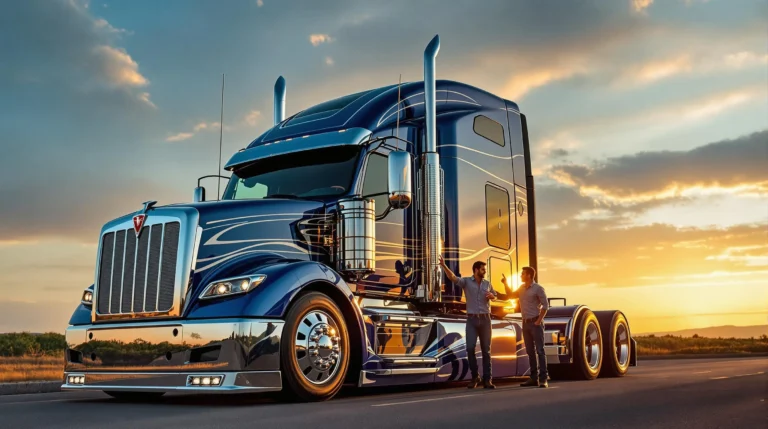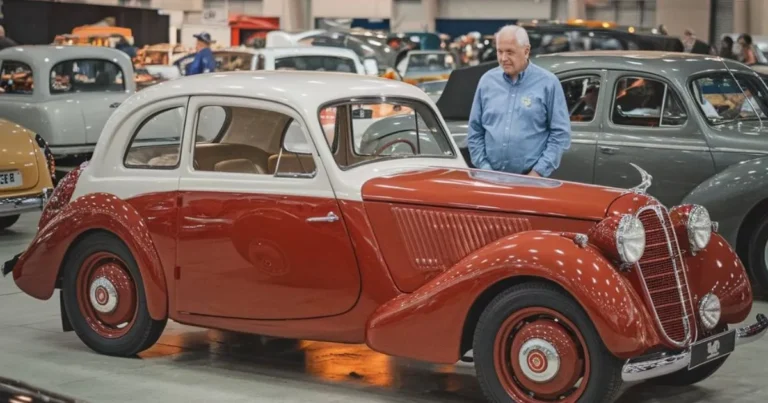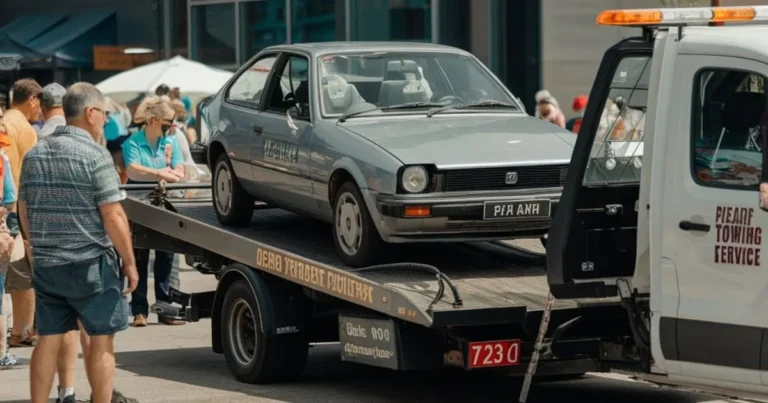Concrete Truck: 10 Amazing Facts About These Powerful Construction Giants
Ever wonder how that massive building or smooth highway magically appears? While many hands and machines play a part, the concrete truck, also known as a cement mixer lorry or concrete mixer lorry, is the real workhorse. It’s the key to delivering the lifeblood of construction – concrete – right where it’s needed.
Understanding the Mighty Mixer: How Does a Concrete Truck Work?
So, you see these big trucks rolling around, their drums constantly turning. But how does a concrete truck work? It’s more than just a big container on wheels. These vehicles, sometimes called a mixer lorry or even a cement concrete truck, are designed to keep the concrete mixes in perfect condition from the concrete plant to the job site.
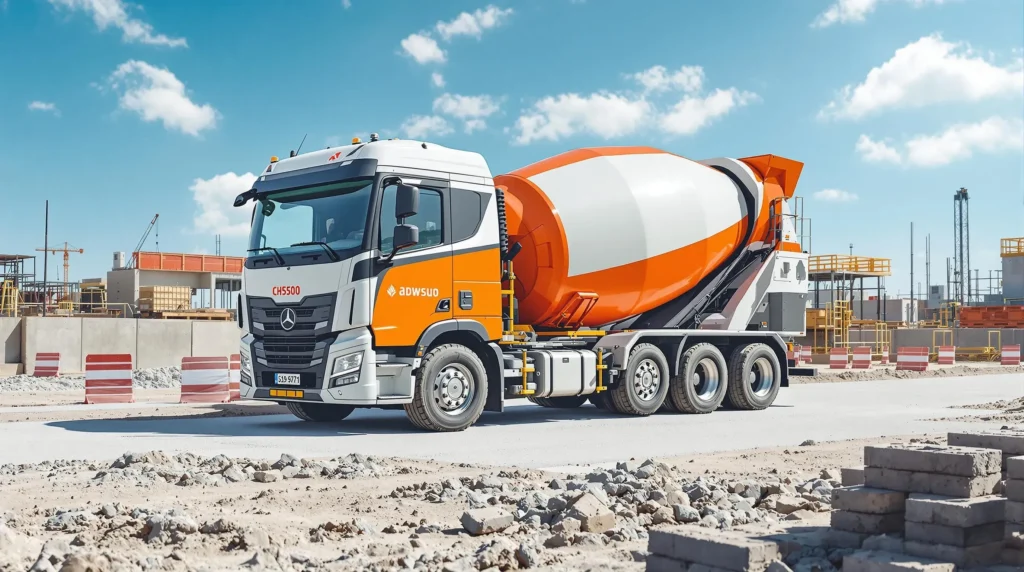
The heart of the operation is that iconic rotating drum. Inside, a clever system of blades spirals around. As the mixing truck travels to the construction site, the drum rotates in one direction. This constant motion prevents the cement sand and other dry materials from separating and solidifying. Think of it like constantly stirring a thick soup to keep it smooth.
Once the mixer truck arrives at its destination, the driver reverses the rotating drum. This cleverly designed action forces the ready mix concrete, or ready mixed concrete truck contents, out through a chute, ready to be poured. It’s a simple yet ingenious system that ensures the amounts of cement and other ingredients remain perfectly blended until the moment of use. You might also hear these referred to as transit mixers.
There’s often a discussion about cement truck vs concrete truck. While the terms are often used interchangeably, “concrete truck” is generally more accurate because it carries the final concrete mixture, not just the dry cement. Understanding how does a cement truck work is essentially the same as understanding how a concrete truck operates, as the core mechanism of the rotating drum remains consistent. Even the phrase how does concrete mixer truck work points to the same fundamental process.
If you’re curious about the inner workings, you might also wonder how does a cement mixer work on a smaller scale. The principle is similar, just with less automation and often involving manual loading and tilting. And for those really curious minds, exploring how does a concrete mixer work in detail reveals the clever engineering behind those internal blades and the drum’s rotation. Even the question of how do cement trucks work boils down to this efficient mixing and delivery system.
Interestingly, there’s a variation called a dry mix concrete truck. In this type, the water is kept separate from the dry materials until the truck arrives at the job site. This allows for longer transit times without the risk of the concrete setting prematurely.
Thinking about getting into the business? You might be looking at new concrete mixer trucks and considering the investment.
You can learn more about the future of trucks, perhaps even electric ones, by checking out this article on the 2025 Caterpillar Pickup Truck.
The Vital Role on the Construction Site
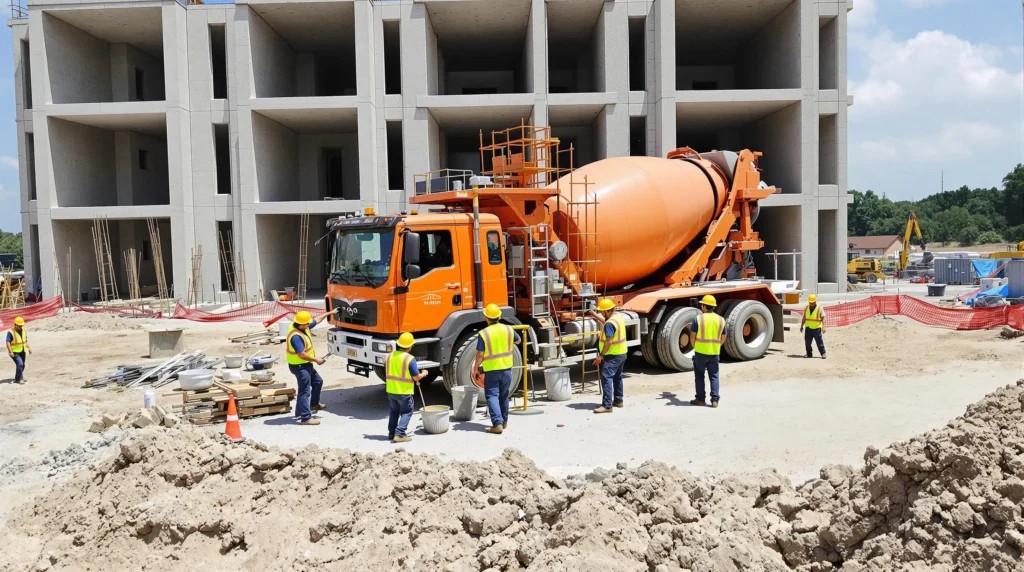
The concrete truck, or concrete mixer vehicle, plays a crucial role in virtually all construction projects. Imagine trying to build a foundation or pour a sidewalk without one! The ability to efficiently transport and deliver freshly mixed concrete directly to where it’s needed saves immense amounts of time and labor.
Think about it: without these trucks, workers would have to mix concrete manually on-site, a slow and arduous process. The concrete truck ensures a consistent quality of concrete mixes, delivered exactly when and where it’s required. This is especially critical for large pours where maintaining a consistent mix is essential for structural integrity.
From laying the foundations of skyscrapers to building roads and bridges, the concrete truck is an indispensable piece of equipment. Its presence on the job site signifies progress and the transformation of blueprints into reality.
If you’re interested in other types of work vehicles, you might find this article about straight trucks interesting.
Key Components and Features of a Modern Concrete Truck
Modern concrete trucks are sophisticated machines packed with features designed for efficiency and safety. Beyond the obvious rotating drum, several key components contribute to their operation.
- The Drum: As we’ve discussed, this is where the magic happens. Made of heavy-duty steel, it’s designed to withstand the constant abrasion of the cement sand and other materials.
- The Blades: These internal spirals are crucial for the mixing concrete process and the discharge of the ready mix concrete.
- Water Tank: Essential for adding water to the mix (in the case of standard trucks) or for cleaning the drum after use.
- Chute System: A series of adjustable chutes allows for precise pouring of the concrete at the construction site.
- Hydraulic System: Powers the rotation of the drum and the movement of the chutes.
- Engine and Chassis: These are heavy-duty to handle the significant weight of the concrete load.
These features ensure that the concrete truck can effectively deliver high-quality concrete, contributing to the success of countless construction projects.
Considering different types of trucks? This article comparing Rivian vs Tesla might offer some interesting insights.
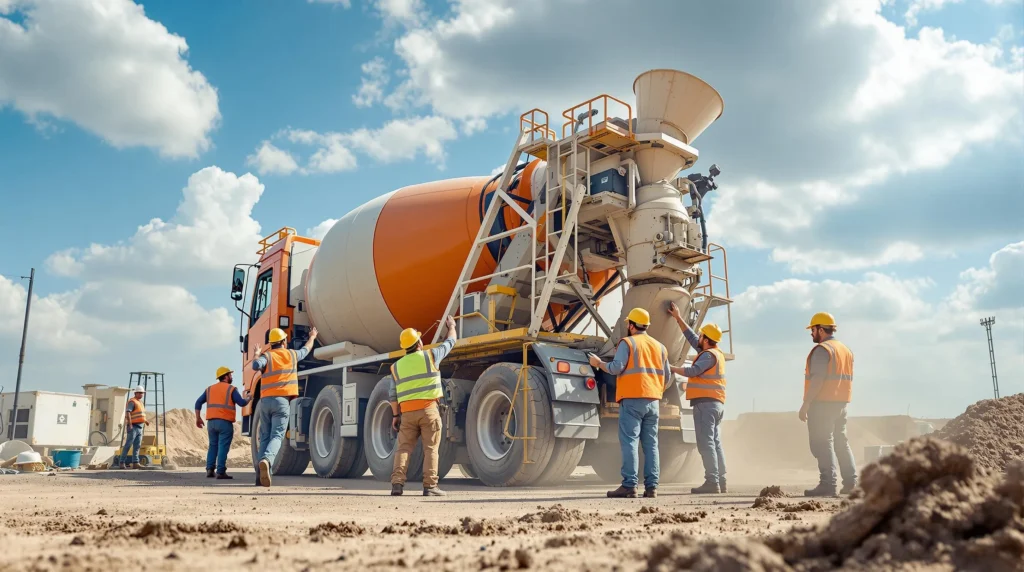
The Future of Concrete Trucks and the Construction Industry
The construction industry is constantly evolving, and so are the tools and equipment it relies on. The future of the concrete truck is likely to involve advancements in several key areas.
- Electric and Hybrid Models: With a growing focus on sustainability, expect to see more electric or hybrid concrete mixer vehicle options emerge, reducing emissions on job sites.
- Smart Technology: Integration of sensors and data analytics could optimize delivery routes, predict maintenance needs, and even monitor the quality of the concrete mixes in real-time.
- Automation: While fully autonomous concrete trucks might be further down the line, we could see increased automation in tasks like chute control and cleaning.
- Improved Materials: Lighter yet stronger materials could lead to more efficient trucks with increased carrying capacity.
These innovations will further enhance the efficiency and sustainability of concrete delivery, solidifying the concrete truck‘s vital role in the construction industry.
If you’re curious about the drivers behind these essential vehicles, you might find this article about truck driver appreciation week insightful.
Conclusion: More Than Just a Truck
The concrete truck, whether you call it a cement mixer lorry, mixer lorry, or simply a cement truck, is far more than just a vehicle. It’s a critical piece of machinery that underpins the entire construction industry. From ensuring the perfect blend of concrete mixes to delivering them precisely where needed on the job site, these trucks are the unsung heroes of building and infrastructure projects. Their constant rotation symbolizes the continuous progress of construction, shaping the world around us, one load of ready mix concrete at a time.
What are your experiences with concrete trucks on construction sites? Share your thoughts in the comments below! If you found this article informative, please share it with others who might be interested. And if you’re curious about other types of heavy-duty vehicles, explore our articles on topics like semi-trailers and tow trucks.
#concretetruck #construction
Let me know if you would like any adjustments or further refinements to this article!
There are no reviews yet. Be the first one to write one.

